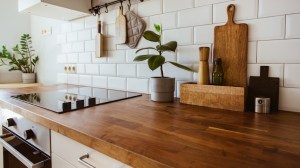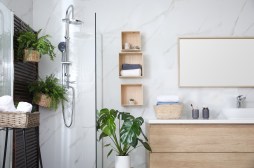Exploring Eco-Friendly Options in Planter Selection for Sustainable Gardening
As gardening gains popularity for both aesthetic pleasure and environmental sustainability, the selection of planters becomes a crucial aspect. Choosing the right planter can significantly influence the growth of your plants while also fostering eco-friendly practices. This article delves into various eco-friendly planter options suitable for indoor and outdoor use, ensuring that your gardening efforts align with sustainable principles.
Understanding Eco-Friendly Materials
When selecting planters, it’s essential to consider the materials used. Eco-friendly planters are typically made from biodegradable or recycled materials. Options such as bamboo, recycled plastic, and biodegradable pots made from coconut coir or paper pulp offer excellent alternatives to traditional plastic planters. These materials not only reduce waste but also improve soil health as they break down over time.

Benefits of Using Recycled Planters
Recycled planters come with numerous advantages beyond their ecological benefits. They often provide unique aesthetics due to their varied textures and colors derived from repurposed materials. Additionally, using recycled planters can be a cost-effective choice since many manufacturers offer durable products that last longer than conventional options. Moreover, by choosing recycled items, you’re actively participating in reducing landfill waste.
The Role of Natural Fibers in Planter Selection
Natural fiber planters made from materials like jute or hemp are gaining traction among eco-conscious gardeners. These types provide excellent drainage and aeration for plant roots while being fully biodegradable at the end of their life cycle. They can be particularly effective for indoor plants that require moisture control without compromising root health.
Choosing Indoor vs Outdoor Planter Designs
When selecting planters for indoor versus outdoor use, consider factors such as size, weight, durability, and drainage capabilities. Indoor planters might prioritize aesthetic appeal and compact size to fit various spaces within homes; hence options like ceramic or terracotta could be popular choices due to their beauty and thermal properties. Conversely, outdoor planters must withstand weather elements; therefore materials like resin or metal are more suitable due to their robustness against sun exposure and rain.
Innovative Solutions: Self-Watering Planters
Self-watering planters represent an innovative approach in sustainable gardening by promoting efficient water usage—ideal for busy gardeners who may forget regular watering schedules. These special designs utilize a reservoir system that feeds moisture directly to plants’ roots as needed; making them perfect for both indoor settings where humidity levels vary and outdoor gardens affected by fluctuating rainfall patterns.
In conclusion, opting for eco-friendly planter selections not only enhances your gardening experience but also contributes positively towards environmental sustainability. By considering materials carefully—whether opting for recycled plastics or natural fibers—you can create a vibrant garden space while minimizing your ecological footprint on our planet.
This text was generated using a large language model, and select text has been reviewed and moderated for purposes such as readability.


